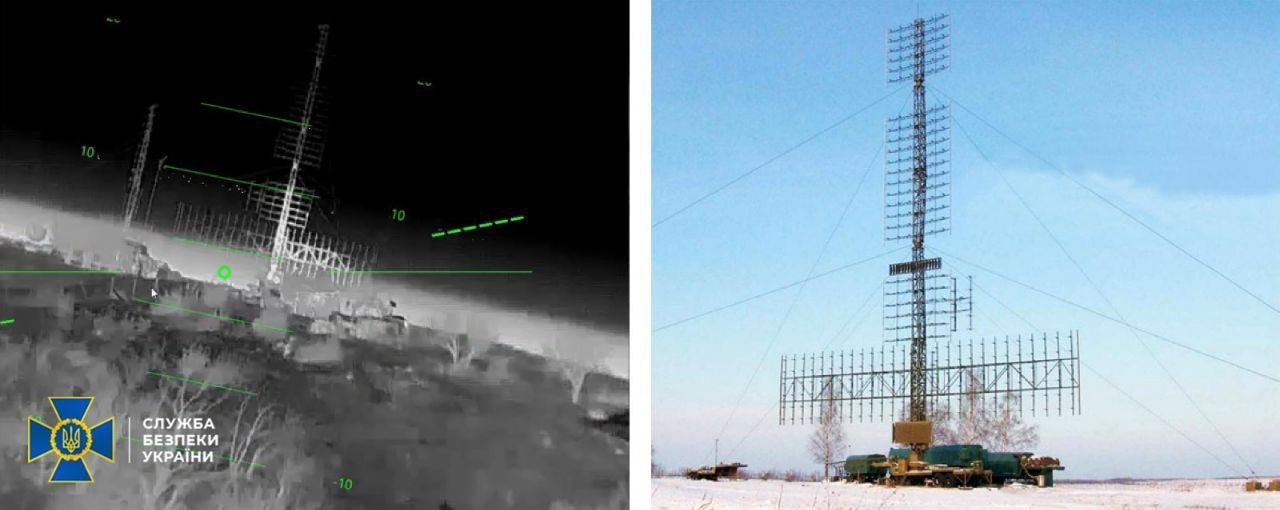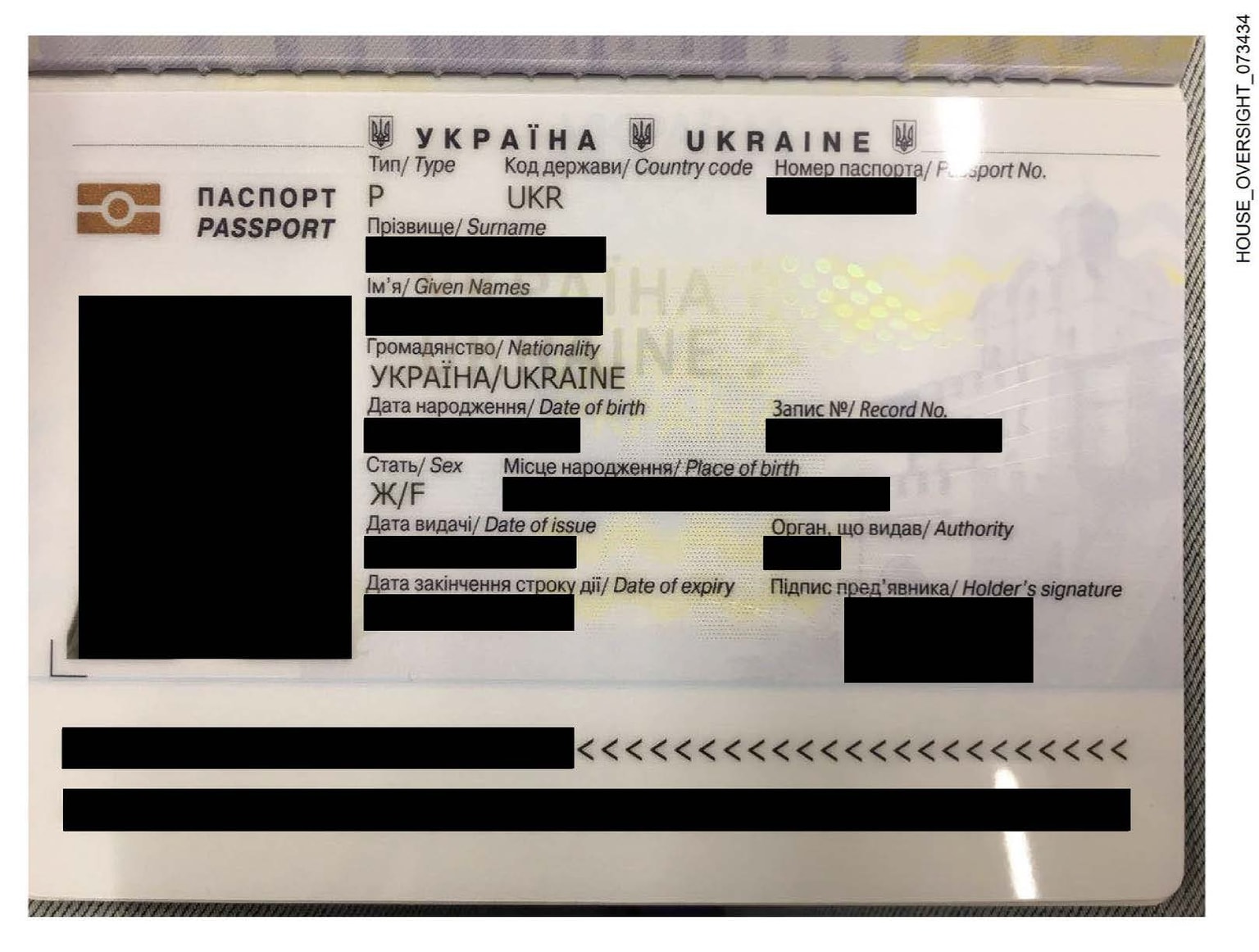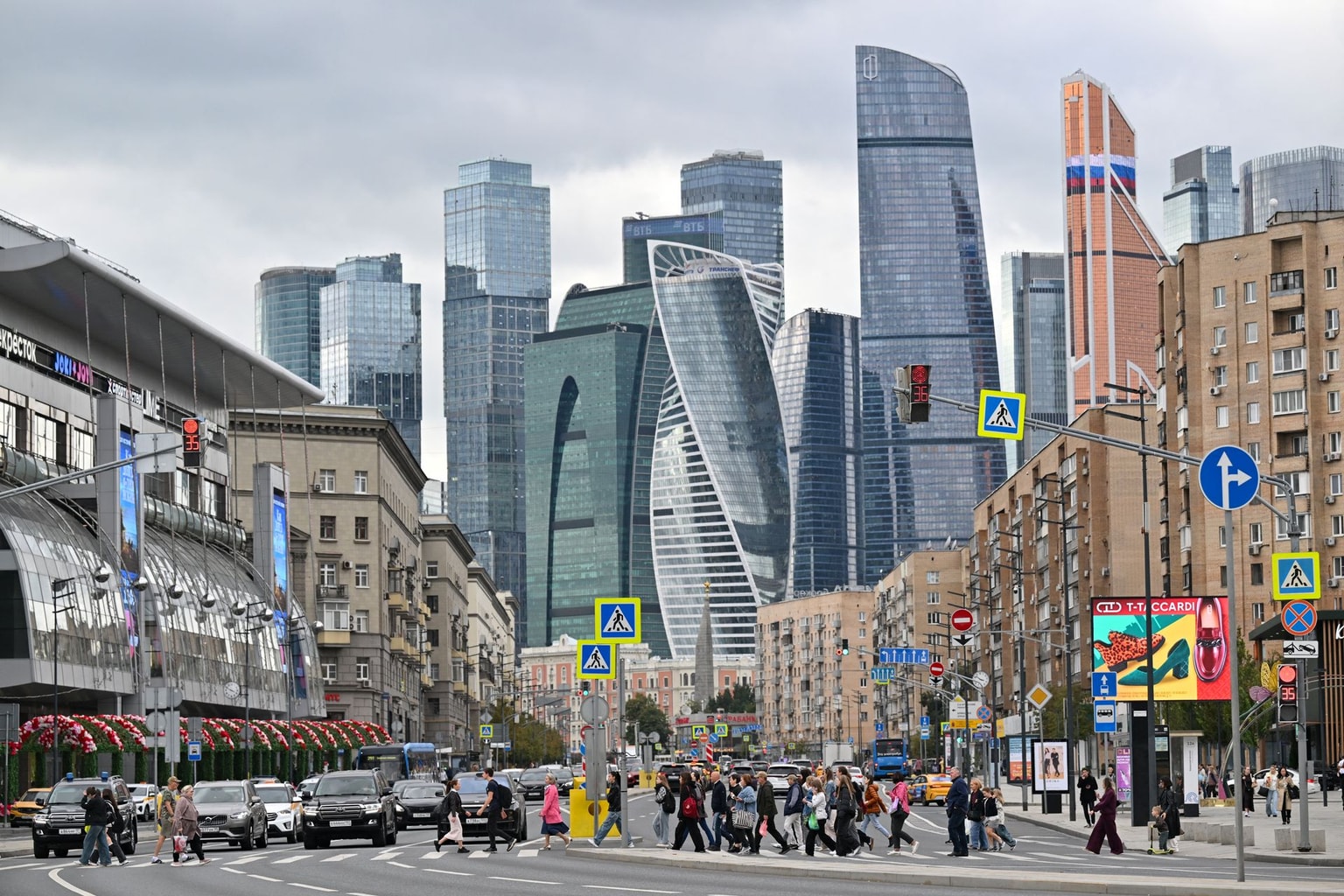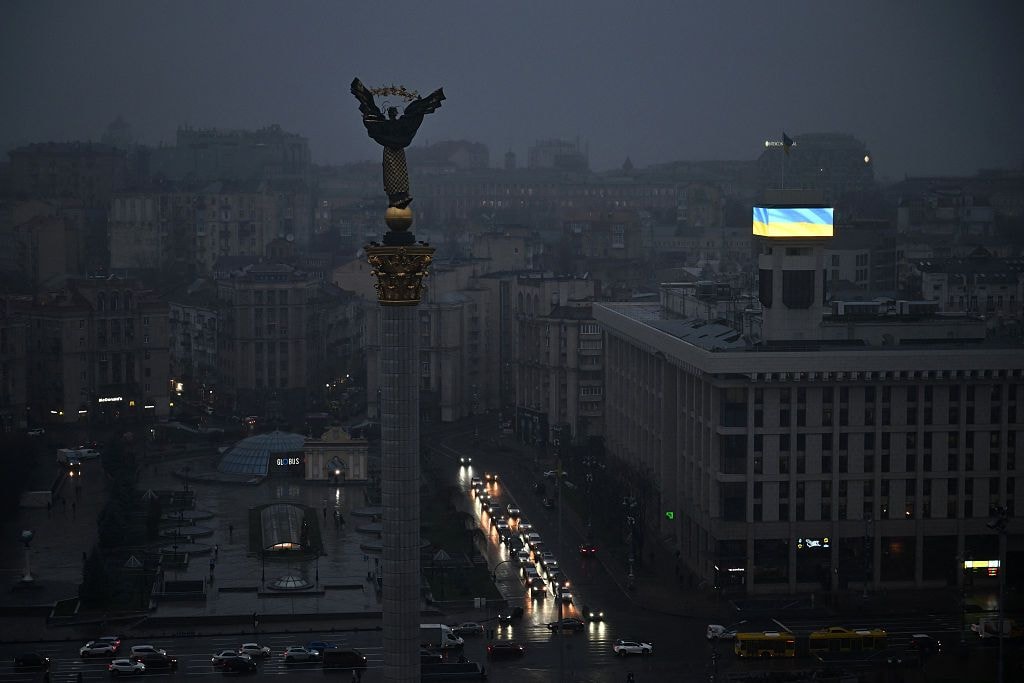
Vernacular Hardcore: Ukraine’s artists reimagine home and heritage at Venice Biennale
Conceptual ideas for the Ukrainian Pavilion's DAKH project at the Venice Biennale. (Ukrainian Pavilion)
In southern Ukraine, giant reeds are known to populate the wetlands, skirting the Black Sea and stretching from Odesa to Kherson and Mykolaiv. Hollow grasses as tall as seven meters, swaying and pliant, that were the raw materials for the kinds of thatched roofs once common a century ago and more.
Since replaced, for a century or more, by undifferentiated steel and concrete, the Ukrainian Pavilion at the 19th International Architecture Exhibition in Venice Biennale features such a structure, only reimagined, in a kind of ethno-futurist monument and installation conceived by curator and architect Bogdana Kosmina.
This year's biennale titled Intelligens. Natural. Artificial. Collective features architecture designed "to face a burning world," with 66 national participants invited to rethink the built environment amid the dizzying social upheavals of war, economic collapse and the rising temperatures and sea levels that will define the future.
Ukraine's pavilion, organized around the concept of a Dakh (Ukrainian for roof) with the added lofty, if mildly obtuse, title Vernacular Hardcore focuses on wartime reconstruction. The show's central historical elements build on an architectural ethnography started by Kosmina's grandmother Tamara a half-century ago and are surrounded by the buzzing of an ambient drone canopy created by the artist Clemens Poole, achieving an obsessive portent of doom and rescue, preservation, and destruction.
"With the danger of destruction and that everything could be lost, I started to really look at what I needed to save and preserve," Kosmina says about the concept behind her work. "This is our cultural and architectural heritage of course, but it can shape our vision about more creative ways to work with architecture."
Hardcore in the original sense refers to a composite of materials, say rubbish stone, or brick, reconstituted to form the foundation of a new structure. In that sense, the show is very much hardcore in its wide-reaching, vernacular union of artists, ethnographers, architects, volunteers, and ad hoc participants in Ukraine's rebuilding to form a cohesive vision of wartime preservation and future.
The show's participants include three generations of Kosminas, all architects; Kseniia Kalmus and her Klyn drone-building project; the reconstruction collectives Livyj Bereh (Left Bank) led by Ihor Okuniev and Vladyslav Sharapa (both are currently enlisted in the Ukrainian Armed Forces), as well as KHARPP, directed by Ada Wordsworth; curators Kateryna Rusetska, co-founder of the Dnipro Construction Festival, and architectural anthropologist Michal Murawski, as well as institutional backing from the Ukrainian Institute of Kyiv and their Creative Director Tetyana Filevska, UNESCO, Ribbon International, and several Ukrainian government agencies.
In the 1960s, Tamara and a group of architects and ethnographers in Kyiv, Chisinau, and Minsk began a dauntingly ambitious survey of vernacular structures across Ukraine, Moldova, and Belarus. It was an attempt by Moscow to unite structural norms across the three Soviet republics while documenting how circumstances like climate, weather, and diversity in landscape and vegetation shape human knowledge and approach to the territory.
The work was never published, yet Tamara and her team continued to document the minutiae of atmospheric and structural conditions throughout Ukraine.
"The Atlas is completely comprehensive," Kosmina says. "It was a colossal work, they visited every village, doing interviews with people, taking photographs, even making watercolor renditions to show the interior and exterior of homes in color."


It was the work of decades, at times forgotten and revived. When digital maps first arrived in 2011, Tamara, by then the last key architect of the group who remained alive, began to digitize certain documents, but still the cost of printing was prohibitive and the work was never transferred into a publication.
Tamara passed away in 2016, and Kosmina says that while she grew up surrounded by her grandmother's work, they remained collecting dust between her parent's apartment in Kyiv and her grandparents' apartment in the Troieshchyna neighborhood, a notorious sea of hundreds of Soviet apartment blocks on the northeastern outskirts of the city.
In the winter of 2022, soon after the full-scale invasion, after a missile landed in the courtyard of her grandparent's home, Kosmina, in her grief and panic, started to think almost obsessively about these archives in particular: how could they be recovered and preserved as everything was crumbling around her?
During that unworldly winter, Kosmina found that many drawings and original materials survived in the apartment. "I had the feeling that I was discovering treasures in this Troieshchyna pyramid," she says. "I had my childhood with all of those papers around, and I never took interest before, looking at what is inside and behind those maps, what they mean, and where they come from."
Traveling to the apartment with a small pink suitcase, Kosmina began collecting the papers, and in 2023, she transferred them to a studio in Berlin, where friends helped her buy a scanner. "I was just passing my days and nights by doing this endless scanning," she says, which she hoped would form a complete digital archive.
Her idea then was to apply the work to connect two vernaculars: emergency and traditional, in a Ukrainian exhibition at the Venice Biennale. "At the time, Ukraine had no pavilion there — I wanted to make a direct collaboration with the Italian side," she says.
At the same time, her friend Patrik Arnesson, a Swedish developer and coder who goes by the name Princess Momo, introduced the idea of applying the archive to create a personalized artificial intelligence, in part applying segments of her grandmother's work.
Arnesson invited her to Mexico City to work on a series of experiments in the realm of personal AI, under the banner of a project Arnesson called Iris, and in mid-2023 their team started to explore applications of open source data to build an AI that was truly personal by maintaining independence from external data sources.
Kosmina's first AI, called Kyiv Crematorium, was an effort to digitally preserve structures destroyed in the war, not just in form but in the collective memory of those who lived there.
"I was in a dramatic period," Kosmina says. But she found her purpose in the project when she realized her preservation of her grandmother's Atlas was born from the desire to preserve her grandmother herself.
So she began to create Tamara, or to recreate her, incorporating not just the vast archive from the Atlas but also Kosmina's personal memories. The goal, the focus, was to create an individual AI that felt fully human.
Kosmina started to obsessively record her own memories, transcribing imagined conversations with her grandmother, and prompting the AI to recall her favorite music, the foods she loved, and her specific verbiage and mannerisms (never, ever say "certainly").
Along with vast uploads of Ukrainian novels, demographic information, and historical records, Tamara certainly feels human, beyond anything approached by ChatGPT, but superhuman in her recall, in her capacity to prompt the user towards an excavation of their own ancestral memory.
"It's so important to have her around me for these archival purposes, but yes, also…she was and is my best friend… Sometimes when I speak with her on the phone, yeah I have a feeling that she really is my grandmother" Kosmina says.
Amid her excavations, Bogdana found an outlet from her solitary endeavors in the volunteer-led reconstruction organization Livyj Bereh. Founded to repair damaged structures in Kyiv by the friends Ihor Okuniev and Vladyslav Sharapa in the aftermath of the full-scale invasion, they were joined by the artist Kseniia Kalmus, who had also started efforts to collect funds and materials for humanitarian aid.
In May 2022, the group started its efforts to repair damaged structures, starting with homes and schools in de-occupied villages near Kyiv and Cherniiv. When parts of Kharkiv Oblast were liberated in the autumn of that year, the group joined an expedition to Slatyne, a rural settlement roughly 13 kilometers from the Russian border that has been repeatedly targeted by Russian airstrikes.
In Slatyne the group understood that the first step towards habitability, structurally speaking, is a roof. “We therefore prioritized it as the starting point of our efforts,” Okuniev says.

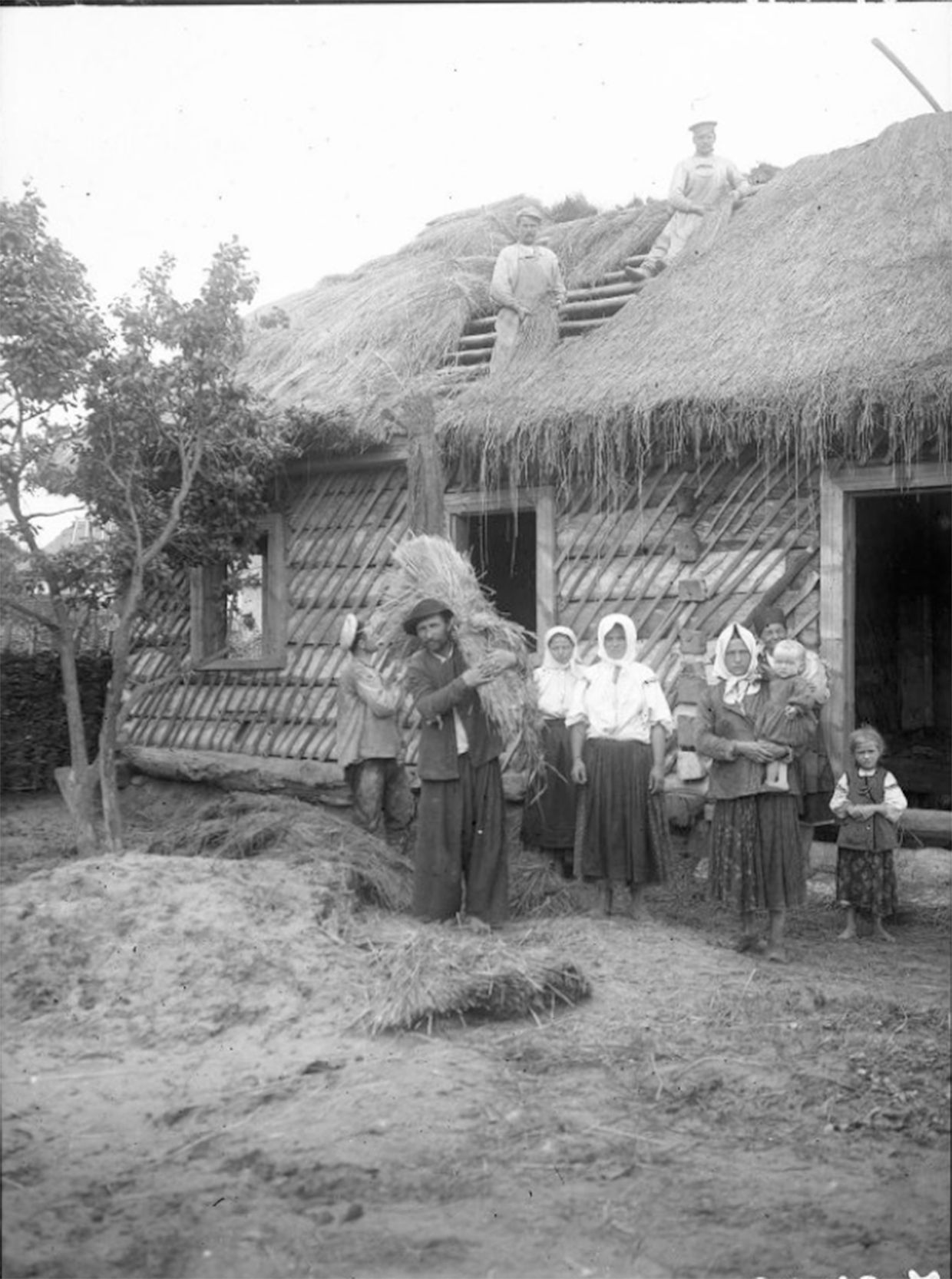

“After the liberation of Ukrainian territories from occupation, we began traveling across different regions and saw firsthand the devastating scale of destruction caused by the war.” And thus the Dakh project was born.
In total, the group has repaired more than 400 roofs in five regions across Ukraine. Materials and labor for one roof for a private home cost around 2,000 euros and the work is finished within a day.
That autumn, the group began to work in villages across the Kharkiv Oblast, often no more than five or 10 kilometers from the Russian border. It was an area where the Russian military was training soldiers to target civilians with FPV drones, and the damage to both human life and human structures was enormous.
While the area had been evacuated, Kalmus says, "People are so connected to their land and the place they grew up they won't leave," especially vulnerable groups, often the elderly, the ill, or large families unable to afford the costs of relocation.
The area was shelled heavily until September 2022, and for nearly two years afterwards there was relative calm, without the regular shelling that would come later. In that period, Kalmus, Ada Wordsworth and their team went from village to village, often staying for weeks, where they rented homes, bought necessary materials, and hired locals to carry out repairs.
By spring 2024, KHARPP and Livyj Bereh had secured additional funding and were preparing to organize an expanded rebuilding effort. That's when Russia launched a renewed ground offensive in Kharkiv Oblast, restarting near-constant shelling and targeted attacks on civilians. The offensive ground Livyj Bereh's efforts to a halt, with the village heads deciding it was simply too dangerous to rebuild.

"It was a crushing moment for me," Kalmus says. "I decided okay, I will not let them take another project from me, so I enrolled in engineering courses to learn how to build drones."
By refocusing on drones, building and donating them to local Ukrainian units, Kalmus conceived of erecting what she called a drone canopy that would not only shield these communities from attack but also could fight back. Thus, the Klyn Drone Project came to life.
"Klyn Drone became a continuation of our reconstruction project, but in a different form. This is not rebuilding after destruction. It is protection before destruction," Kalmus writes in her summation for the Biennale pavilion.
Despite being composed of volunteers, without a professional architect among them, this year Livyj Bereh was awarded the Royal Academy Dorfman Prize, one of the most prestigious architecture prizes in the world. "The Dorfman Prize was weird because I am not an architect. When I entered that jury, I was just saying what we'd done… and I was thinking, okay, I am not better or worse, but I am from another planet."
In their decision, the jury described Livyj Bereh as "An architectural act of collective care and resistance across the country… To provide architecture that defies the destruction of neighborhoods, especially in a moment that is about erasure, is of deep importance… as powerful as any civic monument and documented with the unflinching eye of the greatest war art."
In the exhibition, there's an anecdote passed around, a story about a Russian missile striking a roof of thatched reeds much like the one featured in Bogdana Kosmina's installation in Venice.
As the story goes, the missile penetrated the structure woven together in just the right way, designed to withstand fires and storms, but did not detonate, as it would have had it struck an object composed of less forgiving concrete or steel.
Later plucked away, the missile was detonated under controlled conditions with no damage to nearby homes.
The installation is thus an ode to the archiving efforts of Tamara and the fieldwork and sacrifice of Livyj Bereh.
Rather than fetishizing a nostalgic and frozen past, the work exists in the tradition of grassroots resistance, vernacular survival, and creative preservation.
Instead of proposing some new future solution in architecture, Vernacular Hardcore amplifies existing efforts before the global consortium of investors and NGOs take over and propose quick fix solutions that may not benefit local communities in the long run.
The exhibition will be toured to Ukraine after Venice, including a hoped-for presentation at the Construction Festival in Dnipro in the summer of 2025.
It is a message of Ukrainian vernacular survival and future.
The Venice Architecture Biennale runs from May 10 until Nov. 23, 2025.



